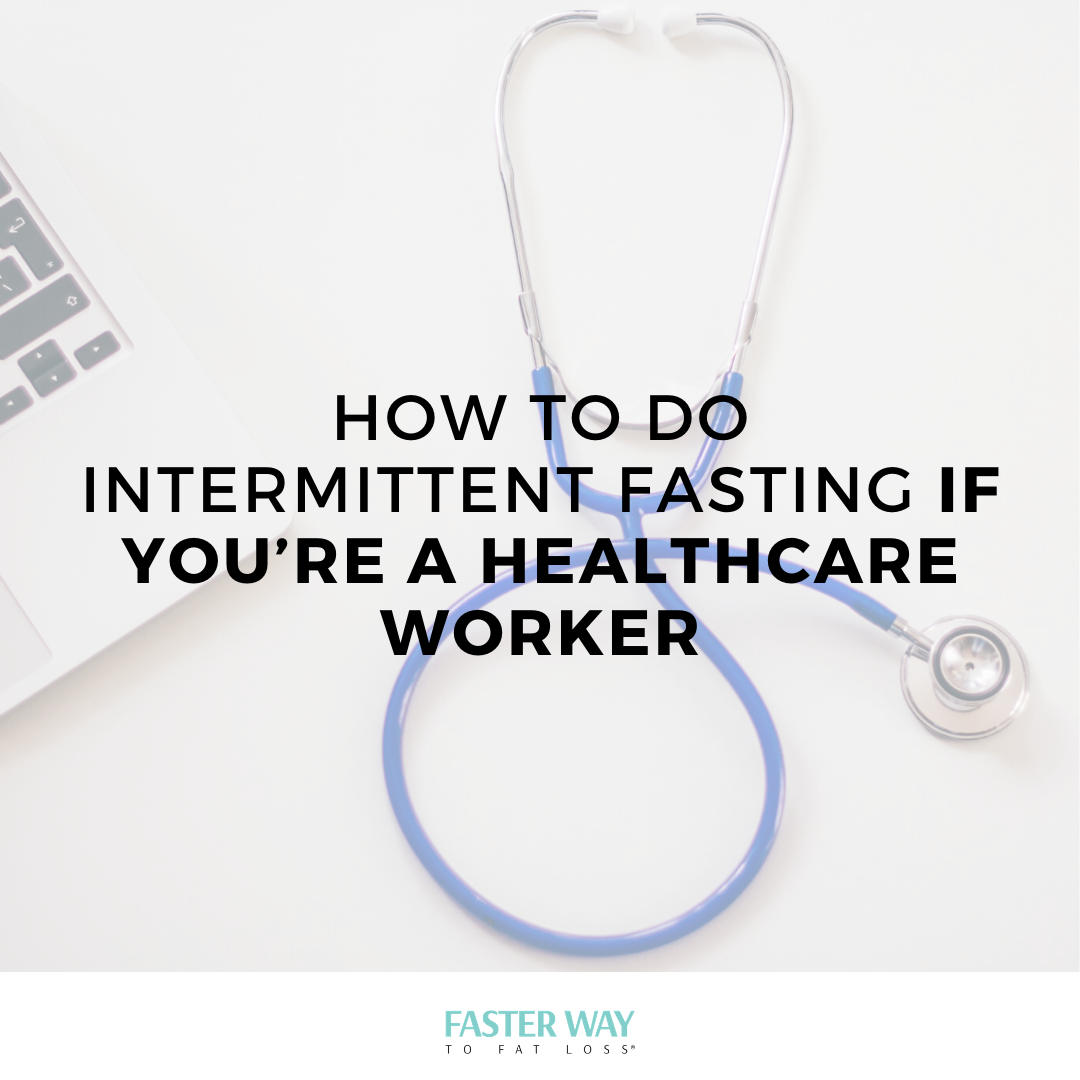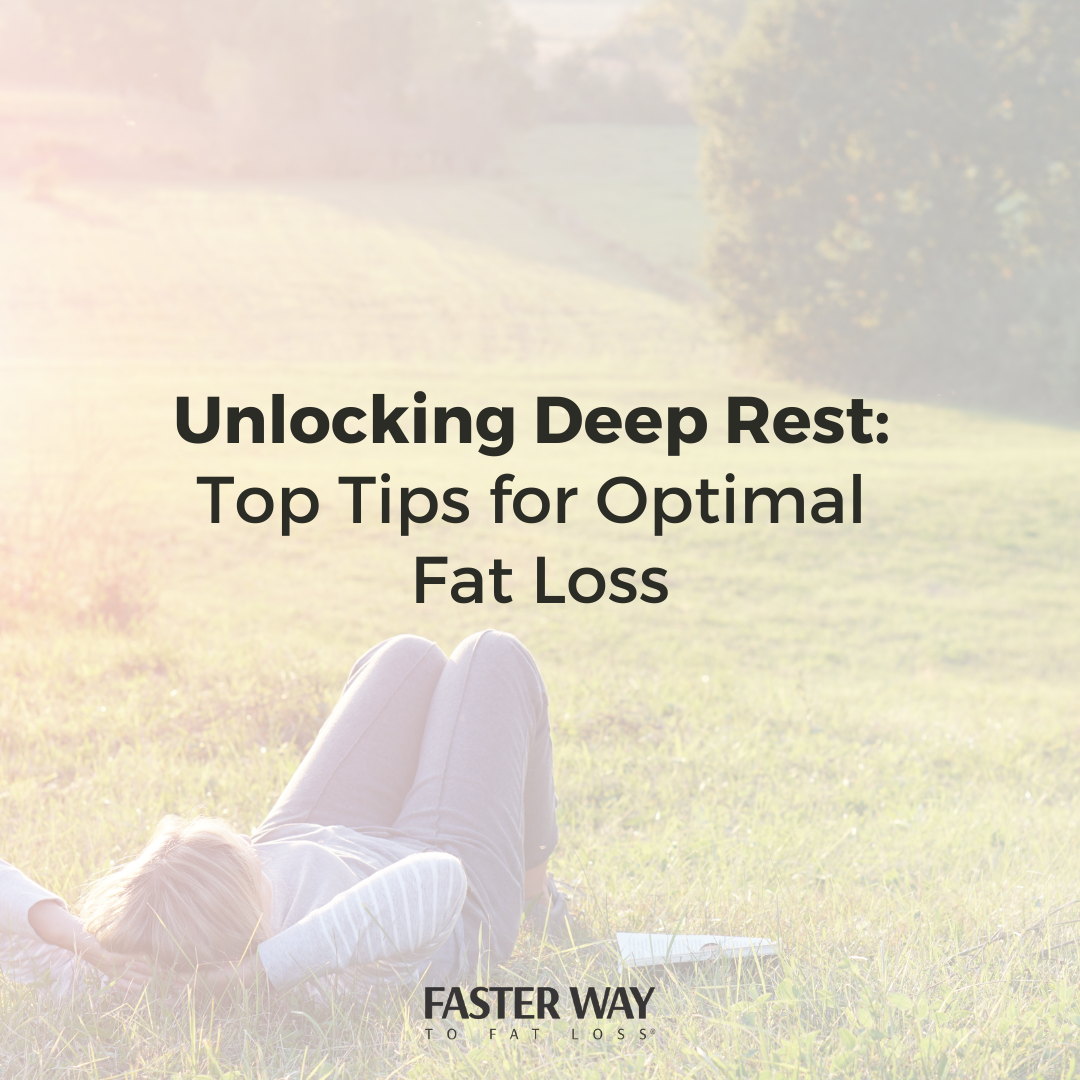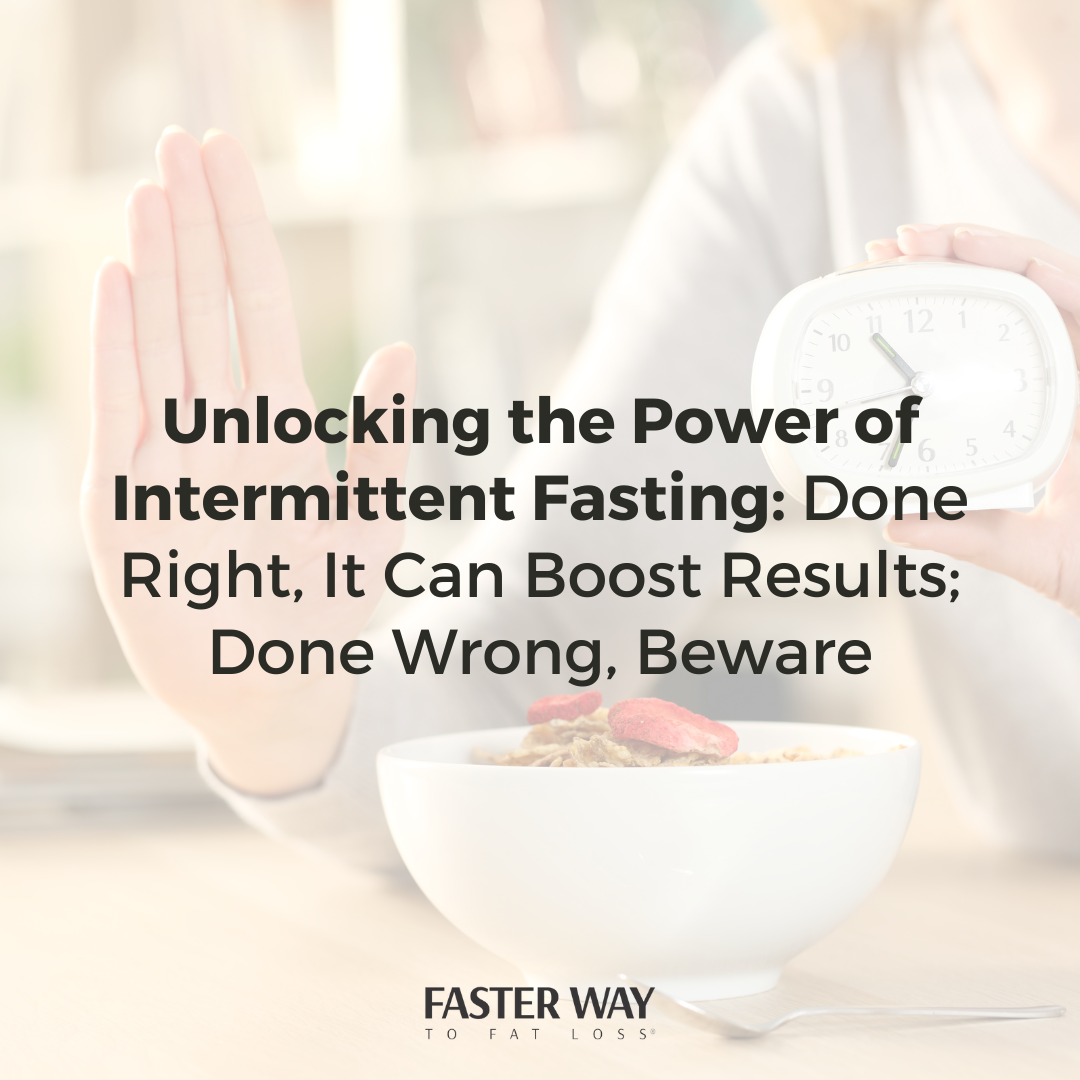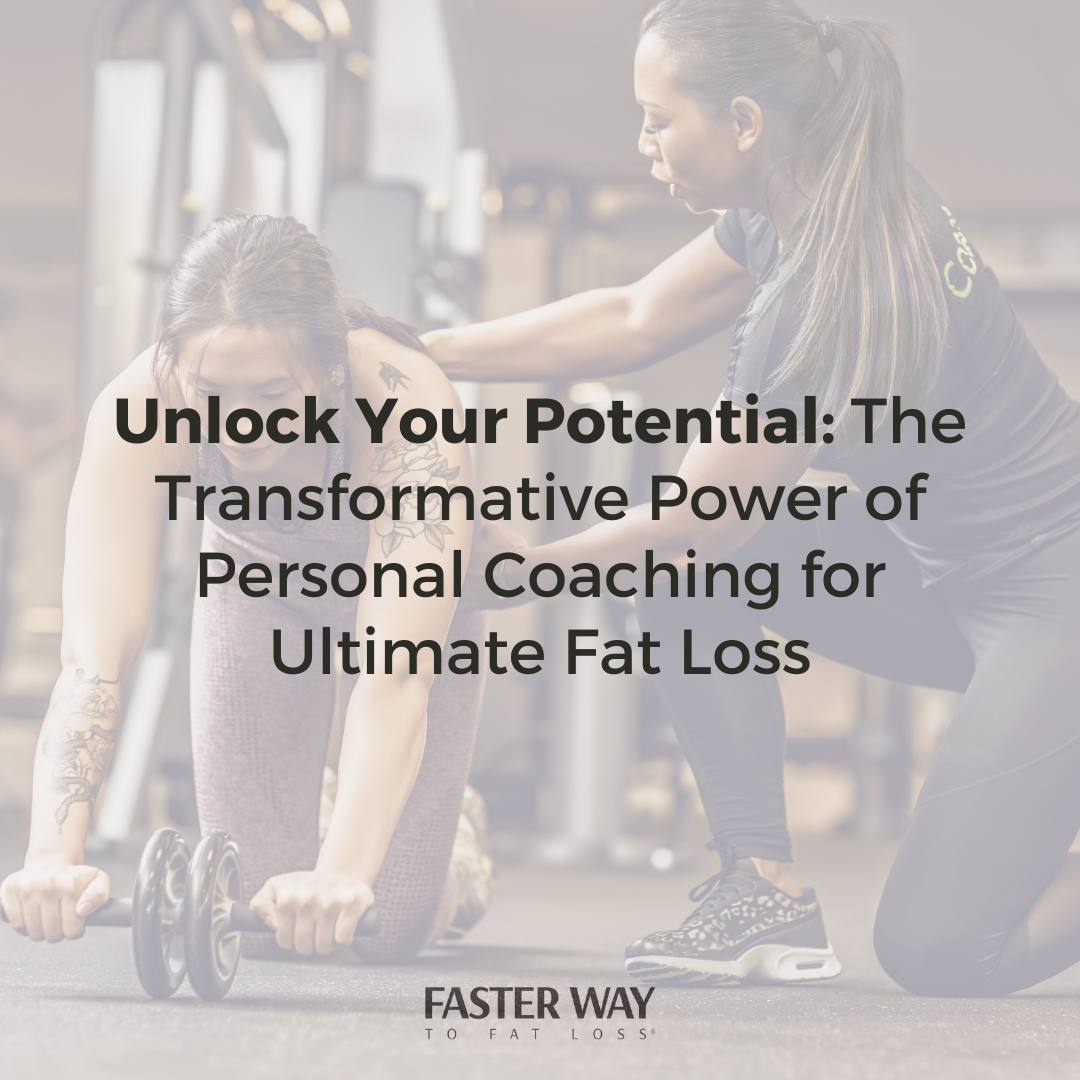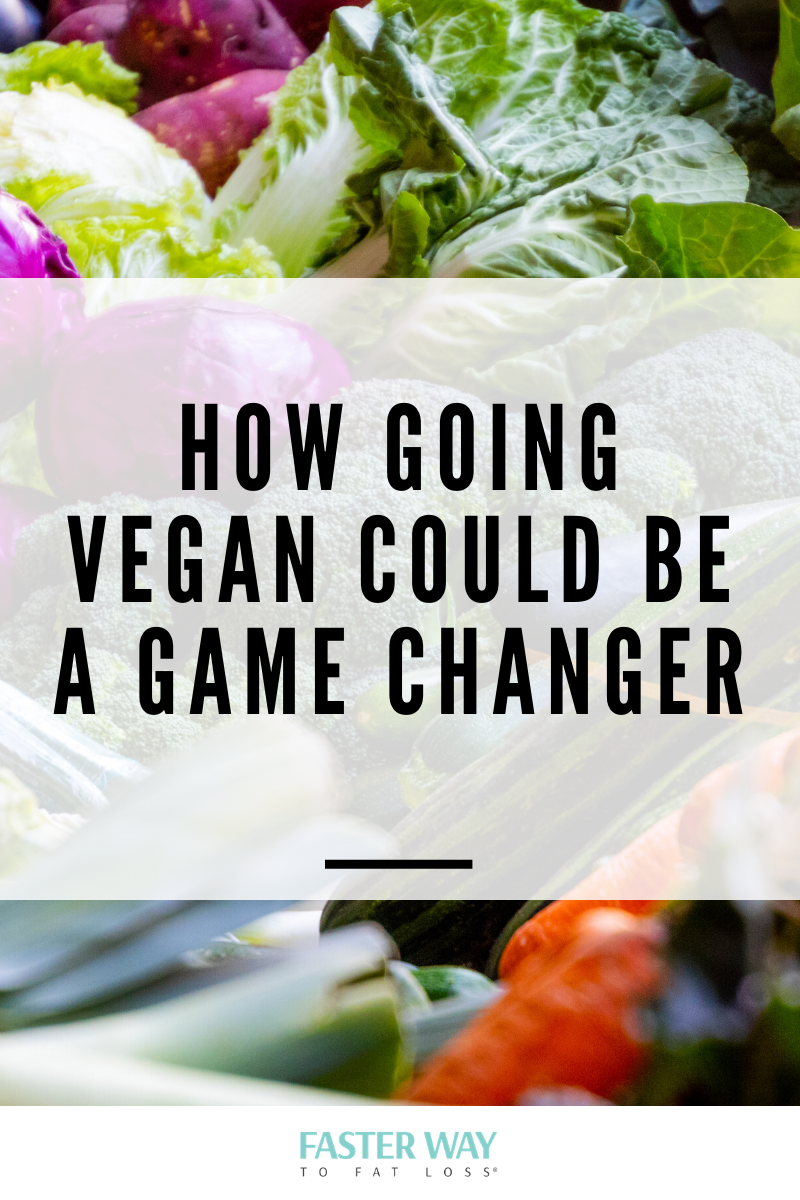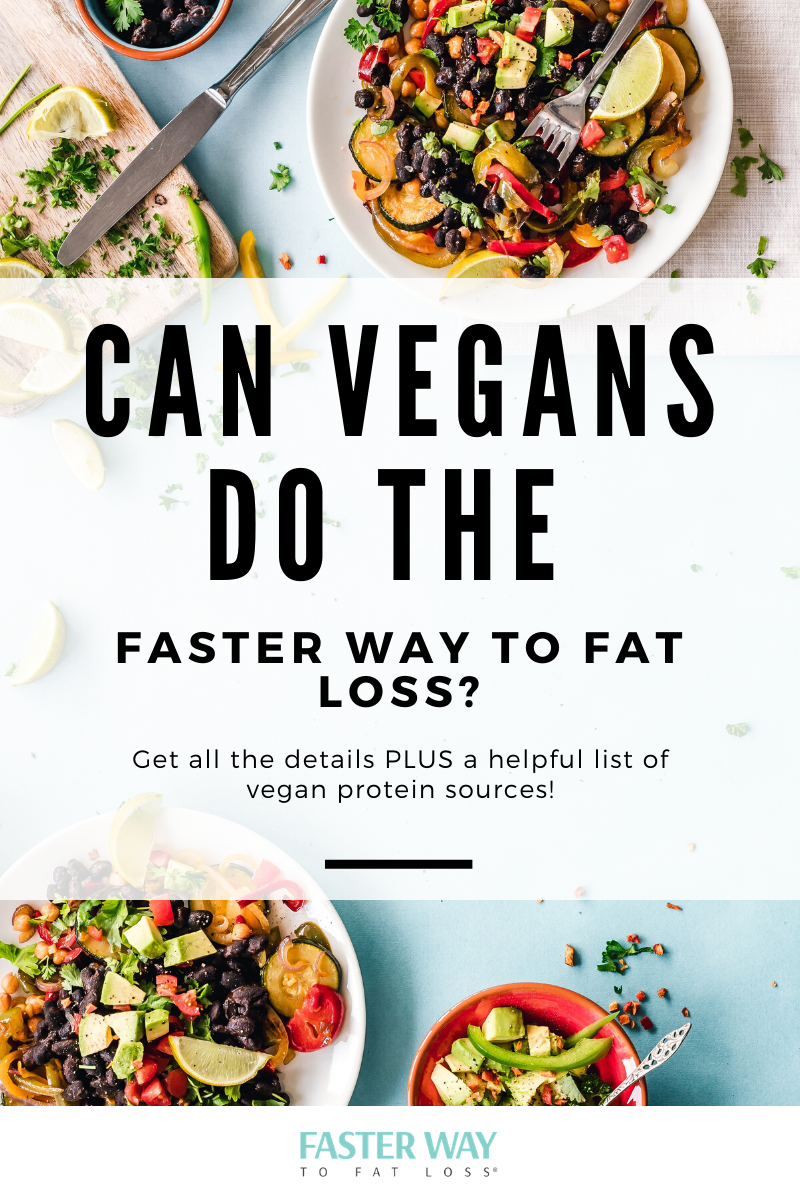Intermittent Fasting gets lots of attention in the media, and more people are trying it on their own—but making mistakes that can actually do more harm than good. Learn the three most common mistakes of Intermittent Fasting and how to avoid them!
Here at the FASTer Way to Fat Loss, we’ve been talking about Intermittent Fasting for years—SEVEN, to be exact.
In recent times, the rest of the world seems to be catching up with what some would call a “trend,” as it’s garnered quite a bit of attention at the national level in the past few years.
Intermittent Fasting continues to be one of Google’s most-searched “diet” term. People are incredibly interested in learning about how Intermittent Fasting works.
CNN, Forbes, and countless others have published articles about a recent study that found Intermittent Fasting can help you live longer. The study was done by a Johns Hopkins researcher.
Hoda and Jenna from the TODAY Show did their own Intermittent Fasting experiment, casting lots of attention on this approach to nutrition.
Obviously, the benefits of Intermittent Fasting are buzz-worthy. It’s no shocker that the world is beginning to realize what we here at the FASTer Way have known for a while: Intermittent Fasting works for fat loss and is critical in getting truly lean and healthy.
A quick list of Intermittent Fasting’s benefits include:
Improved hormone profile - this is particularly important for women who experience high levels of stress
Increased life expectancy
Maintenance of skeletal muscle mass - muscle mass is directly related to your metabolic rate. The more muscle mass you have, the faster your metabolism will be.
Decreased blood glucose levels
Boosted immune system
Decreased insulin levels and increased insulin sensitivity - this has a direct impact on your metabolic rate.
Increased lipolysis (the breakdown of fats) and fat oxidation - Intermittent Fasting turns your body into a fat burner
Increased uncoupling protein-3 mRNA - this is important for the production of energy inside the cell
Increased norepinephrine and epinephrine levels - this leads to an increase in fat breakdown
This list could keep going—Intermittent Fasting is an absolute game-changer for weight loss, overall health, and longevity!
We LOVE the national attention on Intermittent Fasting, but...
it’s actually a double-edged sword, because when you try intermittent fasting on your own, with no guidance, you risk doing some serious damage to your hormones and health.
The FASTer Way to Fat Loss was designed with intention. It combines a safe approach to Intermittent Fasting with other science-backed strategies that have proven effective for well over 297,000 clients.
Clients come to us all the time after trying (and failing) to effectively implement Intermittent Fasting on their own.
We’re here to set you up for Intermittent Fasting success so you can experience the benefits of this all natural strategy!
Common Mistakes When Trying Intermittent Fasting on Your Own
Intermittent Fasting Mistake #1 - Undereating
When people begin Intermittent Fasting on their own, they often think it’s as simple as cutting out one meal per day - or more. Unfortunately, that’s not the case. Undereating for a long period of time can actually work against you. Eating in a calorie deficit for prolonged periods of time is scientifically proven to slow down your metabolism and cause your hormones to go into overdrive—eventually fatiguing them.
Intermittent Fasting is best utilized when paired with an appropriate whole-food, nutrient-dense diet (and the right macronutrient and micronutrient balance for your body). That’s why we don’t focus solely on intermittent fasting in the FASTer Way, but combine it with several other strategies that are proven to work while keeping hormones nice and balanced.
We teach our clients how to use Intermittent Fasting to rev up their thyroid function, increase metabolism and energy, and create a sustainable lifestyle.
Intermittent Fasting Mistake #2 - Not Dealing With Underlying Issues
One major mistake people make when they start Intermittent Fasting is diving into it without taking the time necessary to understand possible underlying health issues, such as adrenal fatigue. If you don’t ease your way into Intermittent Fasting and have a condition like adrenal fatigue, you can exacerbate these underlying issues and make things far worse. Not only will your weight loss efforts be futile, but there’s a host of other health concerns that arise when your body is overly stressed and your thyroid is not functioning optimally. When beginning an Intermittent Fasting protocol, you need to know where to start, how to listen to your body, and how to course-correct when your body gives you valuable feedback in terms of energy, digestion, and fat loss.
That’s why the FASTer Way is NOT a one-size-fits-all approach. Our coaches help clients troubleshoot individual issues so they can reap the benefits of Intermittent Fasting without exacerbating any underlying issues. We focus on healing those underlying issues FIRST, then using our protocols to get the results our clients want.
Intermittent Fasting Mistake #3 - Going Too Extreme
For some, trying Intermittent Fasting on their own proves to be a success. But then they decide to take things up a notch, and will often move to more extreme variations of Intermittent Fasting. For example, if you’re doing a 16/8 intermittent fasting protocol that’s going well, you might decide to take things up to a 20/4 protocol. However, more is not always better. If you don’t have your nutrition dialed in before you start utilizing more extreme models of Intermittent Fasting, you are risking long-term metabolic damage.
Additionally, if you’re regularly fasting and exercising at extreme intensity levels, or fasting while also practicing a low carb lifestyle, you can severely stress your adrenals (which is bad news for your hormones).
Moral of the story… don’t try Intermittent Fasting on your own.
The Best Way to Learn Intermittent Fasting
The best way to learn Intermittent Fasting and succeed in the long term is to start under the guidance of a coach or other credentialed professional. Google and Pinterest can give you all the free information you want, but only an experienced professional can help you stay on track with a personalized approach that works for YOUR body.
The FASTer Way is very intentional—our workouts are paired with our carb cycle and Intermittent Fasting protocol for maximum results and minimum stress. We ensure our clients are eating the right foods at the right times and for the right reasons in order to increase their metabolic rate and burn fat more effectively.
Intermittent Fasting is truly a revolutionary approach to nutrition and has a significant impact on weight loss and overall health. Approach it as a lifestyle, not a quick fix, and don’t be afraid to ease your body into it. We want you to see incredible results without over-taxing your hormonal system.
If you haven’t given the FASTer Way a try yet, let’s make this the LAST time you ever resolve to lose weight and get healthy! We’ll help you implement Intermittent Fasting for results like you’ve never imagined. Don’t go it alone - let us guide you through it set-by-step!













